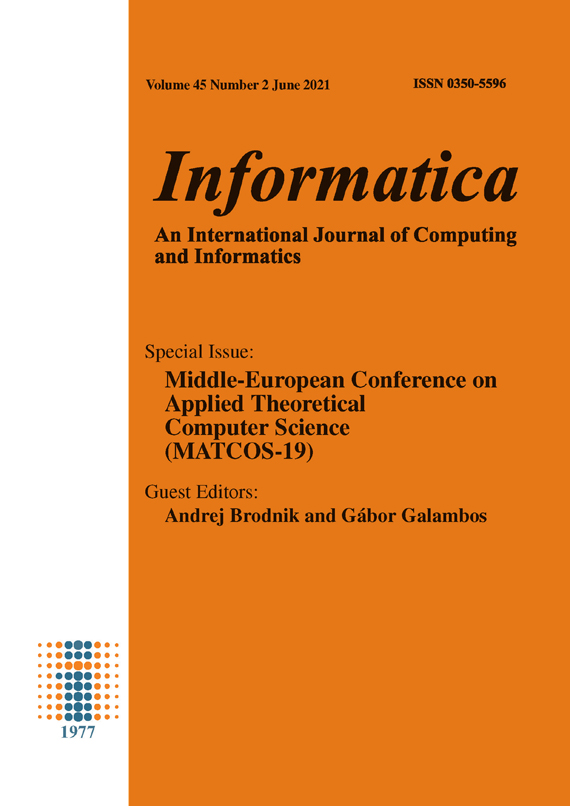Analysis of Deep Transfer Learning Using DeepConvLSTM for Human Activity Recognition from Wearable Sensors
DOI:
https://doi.org/10.31449/inf.v45i2.3648Abstract
Human Activity Recognition (HAR) from wearable sensors has gained significant attention in the last few decades, largely because of the potential healthcare benefits. For many years, HAR was done using classical machine learning approaches that require extraction of features. With the resurgence of deep learning, a major shift happened and at the moment, HAR researchers are mainly investigating different kinds of deep neural networks. However, deep learning comes with the challenge of having access to large amounts of labeled examples, which in the field of HAR is considered an expensive task, both in terms of time and effort. Another challenge is the fact that the training and testing data in HAR can be different due to the personal preferences of different people when performing the same activity. In order to try and mitigate these problems, in this paper we explore transfer learning, a paradigm for transferring knowledge from a source domain, to another related target domain. More specifically, we explore the effects of transferring knowledge between two open-source datasets, the Opportunity and JSI-FOS datasets, using weight-transfer for the DeepConvLSTM architecture. We also explore the performance of this transfer at different amounts of labeled data from the target domain. The experiments showed that it is beneficial to transfer the weights of fewer layers, and that deep transfer learning can perform better than a domain-specific deep end-to-end model in specific circumstances. Finally, we show that deep transfer learning is a viable alternative to classical machine learning approaches as it produces comparable results and does not require feature extraction.Downloads
Published
Issue
Section
License
I assign to Informatica, An International Journal of Computing and Informatics ("Journal") the copyright in the manuscript identified above and any additional material (figures, tables, illustrations, software or other information intended for publication) submitted as part of or as a supplement to the manuscript ("Paper") in all forms and media throughout the world, in all languages, for the full term of copyright, effective when and if the article is accepted for publication. This transfer includes the right to reproduce and/or to distribute the Paper to other journals or digital libraries in electronic and online forms and systems.
I understand that I retain the rights to use the pre-prints, off-prints, accepted manuscript and published journal Paper for personal use, scholarly purposes and internal institutional use.
In certain cases, I can ask for retaining the publishing rights of the Paper. The Journal can permit or deny the request for publishing rights, to which I fully agree.
I declare that the submitted Paper is original, has been written by the stated authors and has not been published elsewhere nor is currently being considered for publication by any other journal and will not be submitted for such review while under review by this Journal. The Paper contains no material that violates proprietary rights of any other person or entity. I have obtained written permission from copyright owners for any excerpts from copyrighted works that are included and have credited the sources in my article. I have informed the co-author(s) of the terms of this publishing agreement.
Copyright © Slovenian Society Informatika








